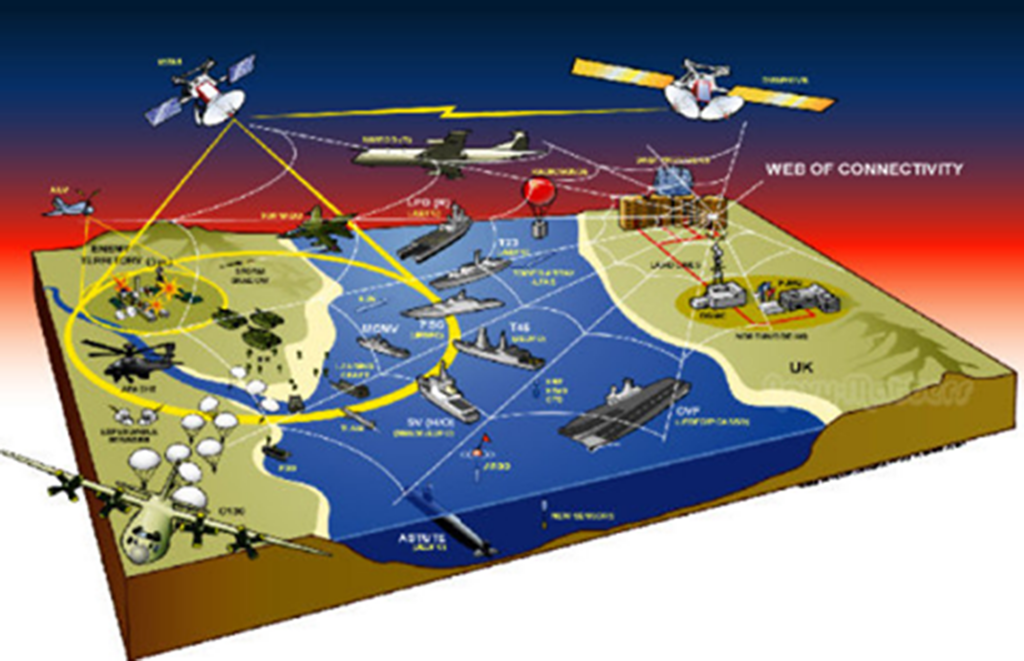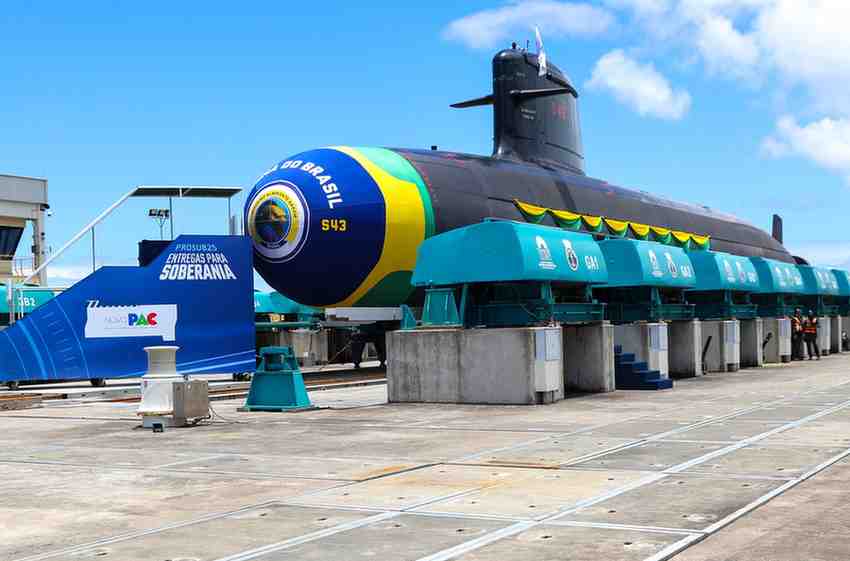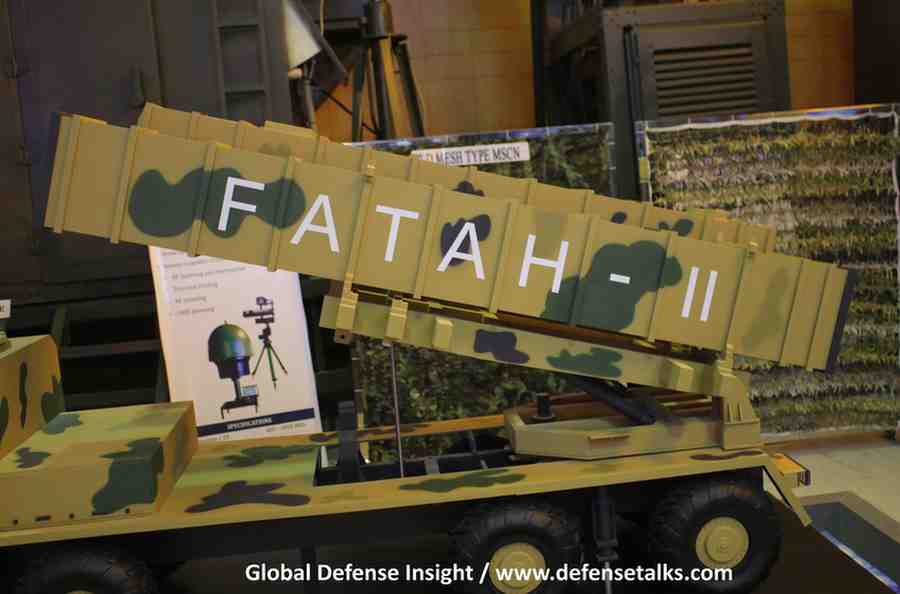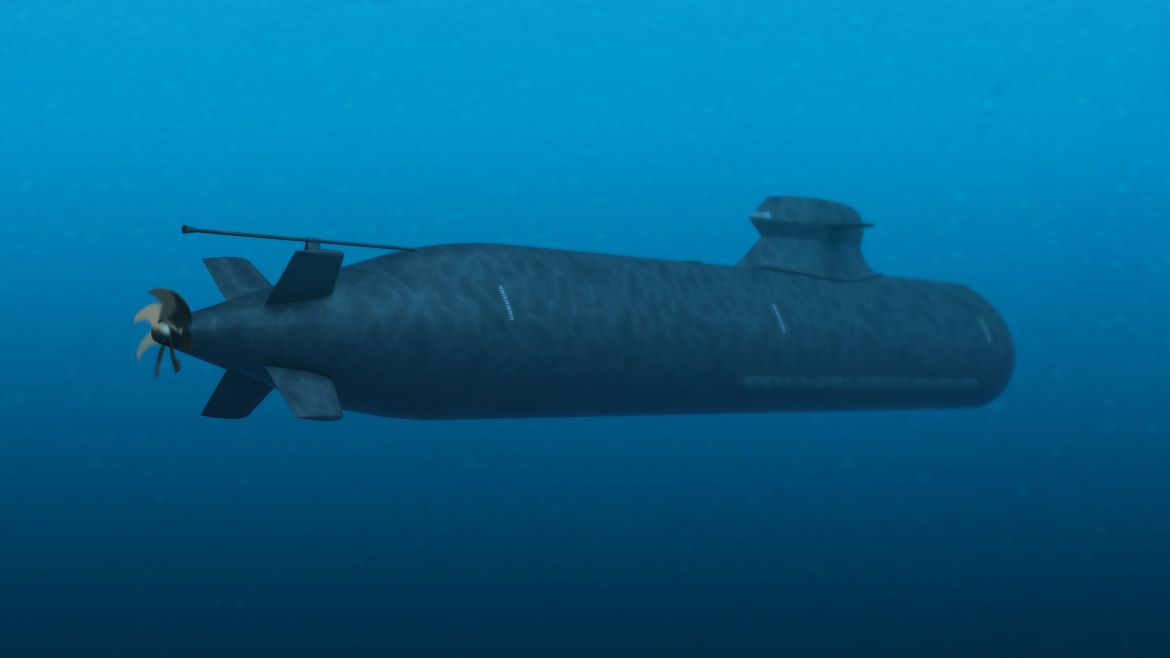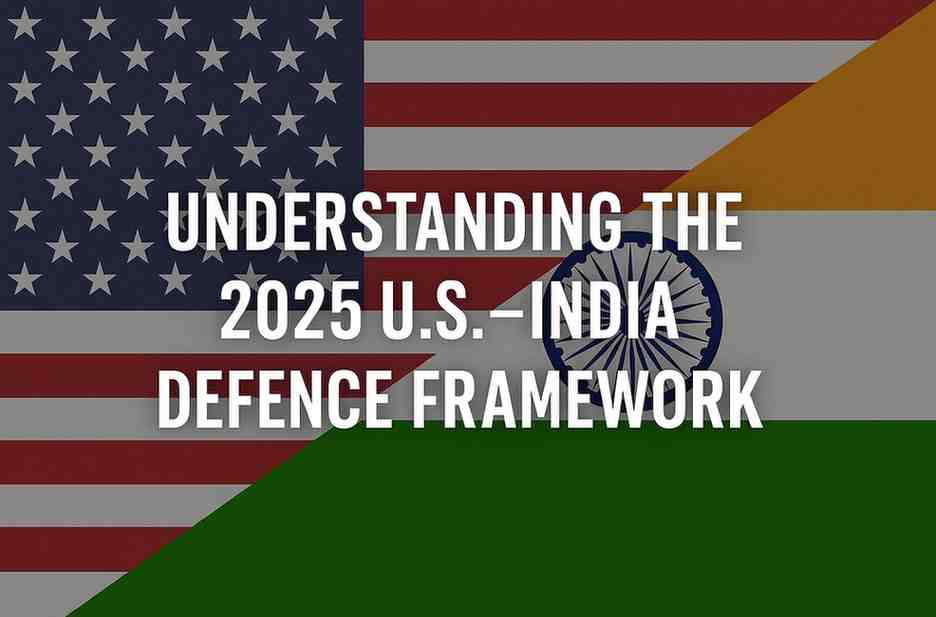Contemporary trends in modern warfare indicate a shift from a platform-centric approach to a network-centric one. South West Research Institute (SWRI) defines Network Centric Warfare (NCW) as a quest for information superiority against a Vis adversary while linking all the sensors, communication platforms, shooters, and Command & Control centers (C-2) for improving battlefield awareness. Linking all the battlefield components enables greater synergy, reduced response time, and ensures force multiplication.
Indian Air Force (IAF) has been aspiring for a long time to convert itself into a fully networked force; however, it’s easier said than done. In 2010, IAF established a fiber optic-based AFNET communication network, being cited as a first step towards developing a truly networked force. Additionally, IAF has developed an Integrated Air Command & Control System (IACCS) for air defense operations. IACCS will use AFNET to link all the airborne sensors and ground radars and share meaningful data with the different command & control nodes.
Acquisition of Airborne Early Warning & Control Systems (AEW&CS) marks a significant milestone towards the execution of Network Centric Warfare (NCW) capability. Recently, in July 2024 Indian Ministry of Defence issued a Request for Information (RFI) for acquiring six new and upgraded AEW&CS systems for IAF. Currently, IAF is operating Netra Mk1A (AEW&CS) mounted on Embraer ERJ-145 and Beriev A50 (AEW&CS) fitted on Ilyushin Il-76.
Tactical Data Links (TDLs) are the backbone for the networking of various airborne and ground components. It is really difficult to develop standardized communication protocols for sending radio messages and data about battlefield awareness over a variety of platforms that are stationed in the air and ground. Under the COMCASA (Communications Compatibility and Security Agreement) between the US and India, there exists a framework for the sharing of encrypted communication between the armed forces; however, interoperability can only be ensured once the tactical data links of the US and Indian Air Forces are standardized. Without ensuring the aforementioned, this agreement will not yield any significant operational utility.
Following the fratricide that happened on 27th February 2019, in which IAF shot down its own helicopter, resulting in the killing of six IAF officials and civilian, critical loopholes in IAF’s communication infrastructure were reflected. Additionally, on the same day, the Mig21 bison being flown by Wing Commander Abhinandan lost its connection with the ground station due to the jamming of radio signals. If it had been fitted with a jam-resistant data link, the story might have been different. On the night of 26 February 2019, IAF’s mirages failed to direct their weapons to the intended targets. Accounting for the aforementioned operational deficiencies IAF has developed an indigenous tactical data link called Vayu link. Vayu link uses the Indian Regional Navigation Satellite System (IRNSS) for sending radio signals to the ground station while ensuring encryption. The basic purpose of this development is to avoid fratricide and friendly fire situations. Furthermore, this system once fitted and integrated into different aircraft will enable them to share their respective positions, target data, and other navigational data through a jam-resistant data link.
Radio communication is the most common platform being operated by modern air forces. Analog radios lack the open-ended infrastructure to deal with a variety of frequencies, thus hampering interoperability. Software Defined Radios (SDRs) have offered an easy and reliable solution for the air forces. SDR by virtue of their software are able to process and transmit a range of radio frequencies while simultaneously ensuring encryption of the communication. In February 2024, IAF signed a contract with Bharat Electronics Limited (BEL) to develop SDRs to improve the communication infrastructure. IAF is also installing Software Defined Radios (SDRs) in Mig-29. This technical up-gradation in Mig-29 will enable it to send and receive data from other aerial platforms in real time. Furthermore, SDRs will enable sophisticated spectrum management while avoiding jammed frequencies and continuously switching to available ones.
Astra Microwave Products (Ltd) in a joint venture with the RAFAEL Advanced Defence Systems will be developing SDRs having a tactical data link as its component for the IAF. The aircraft that will be fitted with the SDRs include Tejas MK-1A and Rafale aircraft. It is pertinent here to mention that Rafale has the ability to operate on link 16. However, as per open sources, the evidence is inconclusive to conclude that India has been given access by the US to operate link 16 on Rafale. Link 16 is a tactical data link operated by the US and NATO to share real-time Intelligence Surveillance, & Reconnaissance (ISR) data among various assets.
Technological developments about IAF’s NCW capability have been discussed at length, and it is reflected that India is heading towards developing a fully networked air force, however at present much needs to be done. The United States Department of Defense’s Global Information Grid (GIG) has four networked grids including sensing, information, effects, and command. In case an air force is to be called a truly networked force, all of its sensors, radars, air defense weapons, aircraft, and command & control nodes should be linked with a combat cloud that hosts processed information, and any component linked to it can upload and download data on it. As of now, IAF lacks this capability. IAF has linked its sensors with an integrated command for air defense; however, the evidence is inconclusive to assume that all IAF fighter aircrafts are linked to all early warning systems, air defense weapons, and other aerial platforms over a combat cloud.
Accounting for the offensive doctrinal thinking of IAF reflected in its official documents and substantiated by Balakot’s misadventure, IAF must not take excessive confidence in its naive NCW capability, and pursue cross-border raids into Pakistan’s territory. Pakistan Air Force (PAF) remains wary of the IAF’s latest technological acquisitions and doctrinal thinking and stays steadfast in foiling IAF’s revisionist ambitions. Accounting for the geographical proximity and nuclear capabilities of neighboring countries: Pakistan & India, any limited air strike by IAF will definitely threaten the South Asian strategic stability.

Table of Contents
ToggleSaif ul Haq
Saif ul Haq is a Research Officer (RO) at Strategic Vision Institute (SVI), Islamabad.
-
Saif ul Haq#molongui-disabled-link
-
Saif ul Haq#molongui-disabled-link
Asra Azam
Asra Azam is an independent researcher. She has completed her M.S in International Relations (IR), her area of interest includes modernization of Indian Air Force, and Indian defence collaborations with foreign countries.
-
This author does not have any more posts.


